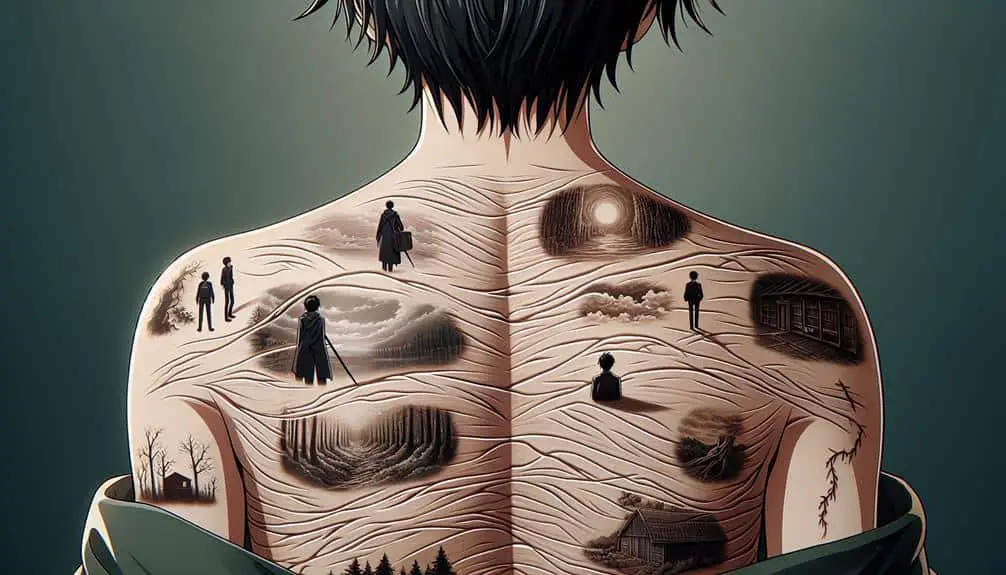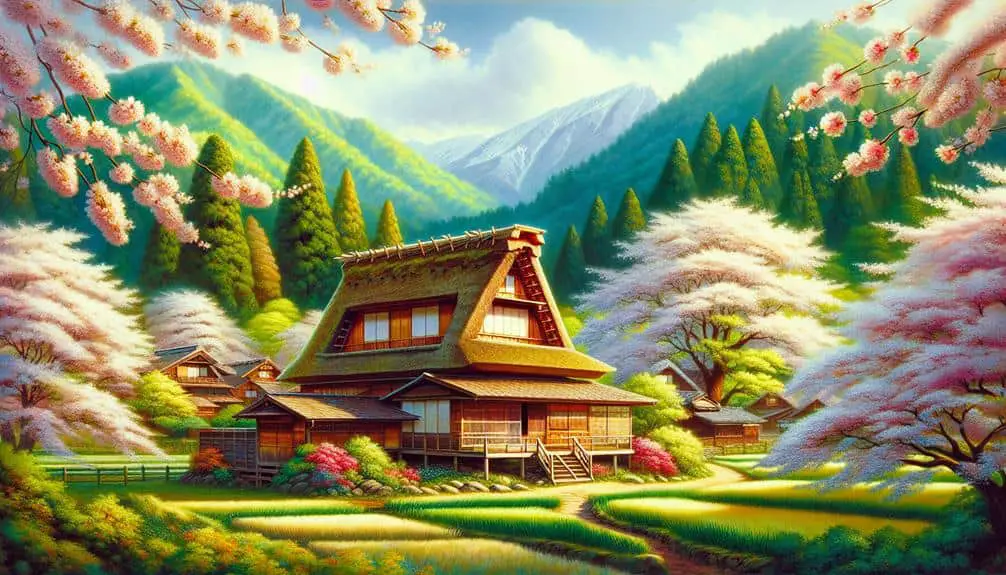To optimize Tanjiro Kamado's teamwork dynamics in battle, focus on decisive leadership, strategic planning, and clear communication. Utilize precise coordination, tactical positioning, and adaptability to counter enemy moves effectively. Identify and leverage individual strengths to create team synergy. Plan tactical maneuvers, evaluate strengths and weaknesses, assign roles accordingly, and conduct regular training sessions for seamless coordination. Understanding Tanjiro's leadership style, leveraging teamwork, enhancing communication, capitalizing on strengths, and strategizing for seamless battle coordination are key pillars to success. Master these elements to elevate your team's combat effectiveness and achieve victory.
Key Points
- Identify and leverage individual strengths for synergy.
- Plan tactical maneuvers to utilize team strengths effectively.
- Establish clear communication channels for seamless coordination.
- Assign roles based on individual strengths and abilities.
- Conduct regular training sessions to enhance teamwork and coordination.
Understanding Tanjiros Leadership Style
To grasp Tanjiro's leadership style effectively, analyze his decision-making process under pressure. Tanjiro's leadership approach in combat situations is marked by a combination of strategic planning and quick tactical decisions. He evaluates the team dynamics meticulously, understanding each member's strengths and weaknesses. This awareness allows him to delegate tasks effectively, making sure that each team member operates at their peak capacity.
Tanjiro's leadership style is characterized by his ability to remain calm and composed under stressful circumstances. This composure enables him to think clearly and make sound decisions swiftly. By maintaining a clear focus on the mission objectives, Tanjiro guarantees that his team stays aligned and coordinated, even in the midst of chaos.
Furthermore, Tanjiro fosters a sense of trust and camaraderie within his team, emphasizing the importance of unity and solidarity. This cohesion strengthens the team dynamics, enhancing their overall performance in battle. Tanjiro's leadership approach serves as a model for aspiring leaders, showcasing the significance of strategic thinking, effective communication, and teamwork in achieving success on the battlefield.
Leveraging Teamwork in Combat
Leveraging teamwork effectively in combat requires precise coordination and synchronized maneuvers among team members to achieve strategic advantages in engagements. Tactical positioning plays an essential role in maximizing the team's combat effectiveness. By strategically placing each member in positions that capitalize on their individual strengths and cover weaknesses, the team can create a formidable frontline defense or execute a coordinated assault.
Quick decision-making is equally vital, as split-second choices can determine the outcome of a battle. Encourage your team to stay sharp and adaptable, ready to adjust tactics on the fly to counter unexpected moves from the enemy. By fostering a culture of decisiveness and flexibility, you empower your team to react swiftly to changing circumstances, gaining the upper hand in dynamic combat situations.
Enhancing Communication Among Allies
Enhancing communication among allies is a critical component in optimizing teamwork dynamics for battle. Effective communication is the cornerstone of successful coordination on the battlefield. By enhancing how information is shared and understood among team members, you can boost your group's overall performance and response to dynamic combat situations.
To achieve improved coordination, it's essential to establish clear channels of communication. Assign roles that define who relays critical information, such as enemy movements or strategy adjustments, ensuring that everyone is on the same page. Implementing concise and direct communication techniques will help prevent misunderstandings and delays in decision-making processes.
Utilizing signals and codes can further enhance communication efficiency, especially in scenarios where verbal exchanges may not be viable. Developing a set of pre-arranged signals for common situations can streamline responses and facilitate quick, coordinated actions.
In essence, fostering effective communication among allies is the linchpin to enhancing seamless teamwork dynamics in battle. By prioritizing clarity, brevity, and precision in your interactions, you pave the way for improved coordination and ultimately, increased success on the battlefield.
Capitalizing on Individual Strengths
Identifying and leveraging individual strengths within your team is essential for maximizing performance in battle. Each member brings a unique set of abilities and skills to the table, creating a synergy that can elevate your team's effectiveness. By recognizing and capitalizing on these individual contributions, you can create a formidable force capable of overcoming even the toughest opponents.
To capitalize on individual strengths, start by conducting a thorough assessment of each team member's abilities. Identify their core competencies, specialized skills, and unique talents. Once you have a clear understanding of what each member brings to the team, strategize on how to combine these strengths to enhance overall performance. Encourage open communication within the team to make sure that everyone is aware of each other's capabilities and how they can complement one another in battle.
Strategies for Seamless Battle Coordination
To guarantee smooth battle coordination, the key lies in planning tactical maneuvers that make the most of the varied strengths present within your team. Strategic planning is essential for ensuring that each member's abilities are utilized to their fullest potential.
Begin by evaluating the strengths and weaknesses of each team member, then strategize how these can complement each other on the battlefield.
Consider assigning roles based on individual strengths to create a cohesive unit. For example, designate a leader to provide direction, a support member to assist teammates, and offensive and defensive roles based on the specific abilities of each team member. By doing so, you can optimize your team's effectiveness in various combat scenarios.
Furthermore, establish clear communication channels to relay crucial information swiftly during battle. Develop signals or codes to indicate specific actions without the need for verbal communication, enhancing coordination and efficiency. Regular training sessions focusing on teamwork and coordination can also refine your team's ability to execute complex maneuvers seamlessly.




